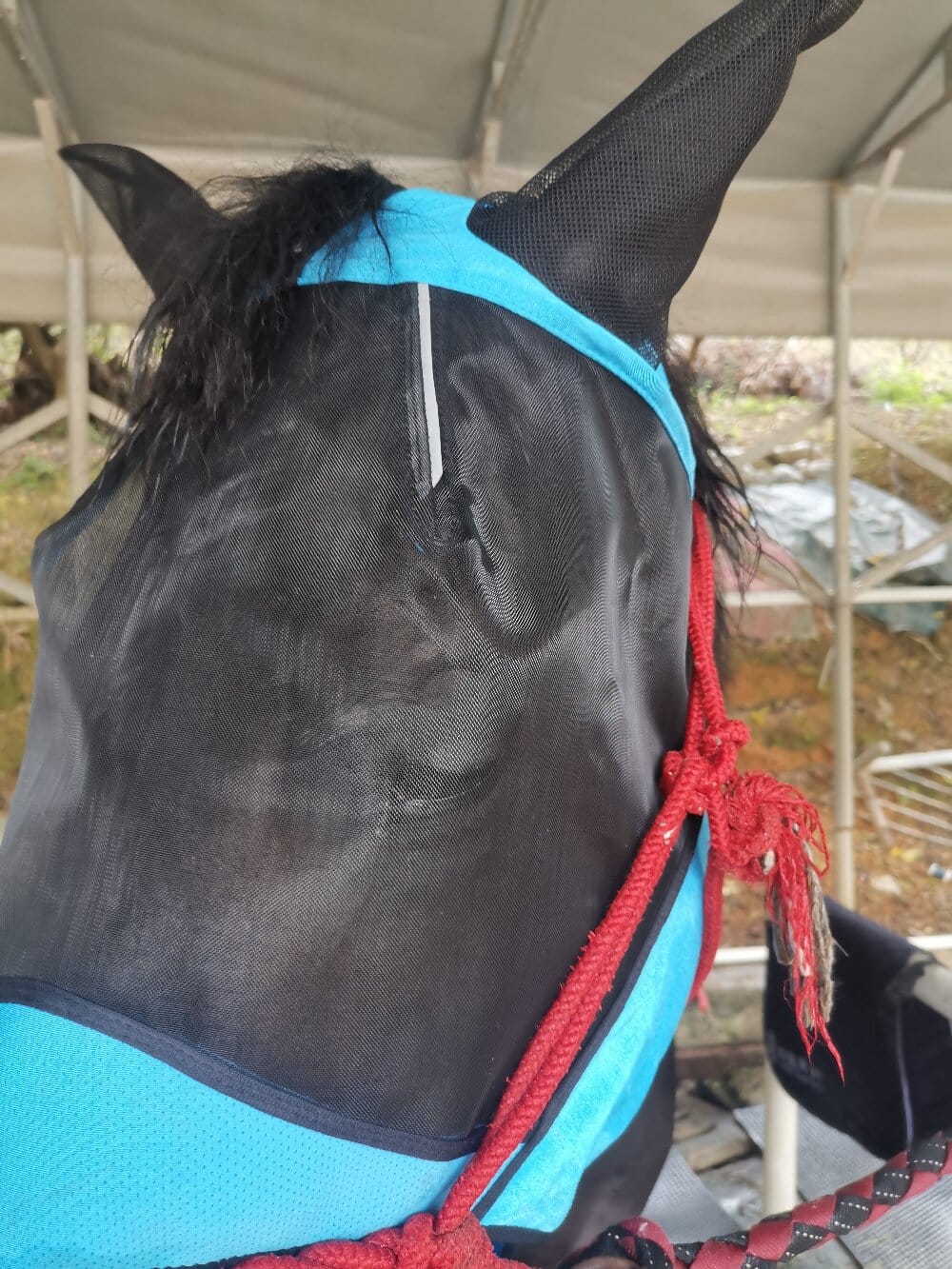When you consider the essential gear for your horse, a horse fly mask might seem like a simple accessory, but its function is deeply rooted in a methodology of proactive care. This protective face covering is your first line of defense against a constant summer onslaught. It’s not merely about comfort; it’s about preventing the painful bites of flies, gnats, and mosquitoes that can lead to significant physical and mental distress. By creating a physical barrier, you are systematically eliminating the primary cause of irritation, eye infections, and potential injuries from frantic head-tossing. Think of it as a critical component in your overall equine management strategy, one that directly contributes to your horse’s well-being and performance.
The Methodical Selection Process: Choosing the Right Fly Mask
Selecting the perfect fly protection isn’t a one-size-fits-all decision; it requires a systematic approach. You must evaluate your horse’s environment, specific needs, and behavioral traits. Begin by assessing the primary threat level. Is your horse in a pasture with a minor fly population, or is it in a marshy area plagued by swarms? Your answer will guide you toward the appropriate level of coverage and durability.
Next, consider the material and features. A quality fly mask for horses is typically made from a lightweight, breathable mesh that allows for clear vision and air circulation. Key features to look for include:
- UV Protection: Many masks now offer integrated protection against harmful solar rays, which is crucial for horses with light-sensitive eyes or pink skin.
- Durability and Fit: Look for strong yet soft stitching, adjustable straps, and a contoured design that prevents rubbing. A poorly fitted mask can cause more problems than it solves.
- Ear and Nose Coverage: For maximum protection, you can find designs that extend to cover the ears to prevent gnats and ticks, or even full-face models with nose flaps for horses particularly bothered by insects around their muzzle.
A Systematic Approach to Fitting and Maintenance
The methodology doesn’t end with the purchase; proper application and upkeep are paramount. Fitting your horse’s fly mask correctly is a non-negotiable step. You should be able to comfortably fit two fingers between the strap and your horse’s cheek, ensuring it is secure enough to stay on during rolling and grazing but loose enough to avoid any pressure points. Always check that the eye openings are perfectly aligned and not pressing on the eyelids or lashes.
Your maintenance routine must be just as methodical. A dirty mask can harbor bacteria and cause eye issues. Establish a daily ritual of removing the mask, inspecting your horse’s face for any signs of irritation, and cleaning the mask itself. Most are machine washable, but a quick rinse with mild soap and water can suffice for daily cleaning. Regularly check for tears or loose stitching that could compromise its effectiveness or become a safety hazard.
Integrating the Fly Mask into Your Overall Equine Management
Viewing the fly mask as an isolated tool is a missed opportunity. Instead, integrate it into a holistic fly control system. This face shield works best when combined with other methods. Use environmental management, such as removing manure and standing water, to reduce the fly population at its source. Consider supplementary stable supplies like fly sprays, fans in the barn, and fly traps to create a multi-layered defense strategy. This integrated methodology ensures that you are attacking the problem from every angle, providing your equine partner with comprehensive relief and protection.
Conclusion: A Small Gear with a Significant Impact
Adopting a methodological perspective on your horse’s fly protection transforms a simple piece of equipment into a cornerstone of responsible equine care. From the initial selection based on threat assessment and features to the diligent daily routine of fitting and maintenance, every step is intentional. By systematically incorporating this essential gear into your broader management plan, you are not just shielding your horse from pests. You are actively promoting its health, preserving its vision, and ensuring its comfort, allowing it to enjoy its environment peacefully and safely. This thoughtful approach ultimately fosters a happier, healthier horse and a more secure peace of mind for you.

